Transitioning to off-grid solar power raises important questions about battery performance and value. With 12 years of manufacturing experience, we help homeowners make informed decisions about energy independence.
Off-grid lithium battery banks store solar energy for 24/7 power, offering 10-15 year lifespans with 90% usable capacity. They provide reliable electricity where grid power is unstable or unavailable, making them essential for rural homes, remote offices, and emergency backup systems in environmentally conscious applications.
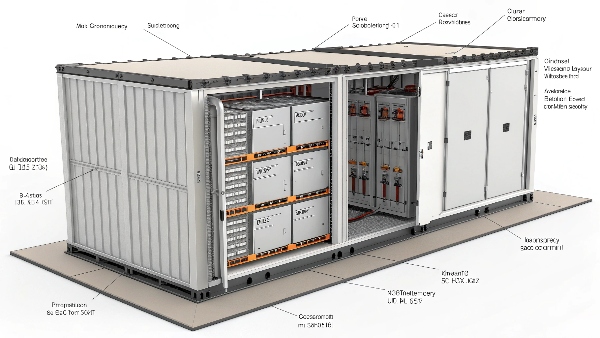
Our off-grid installations across three continents prove lithium battery banks outperform lead-acid alternatives 3:1 in cycle life and efficiency. Let's examine the key operating questions.
How Long Will a 100Ah Lithium Battery Last?
Battery runtime depends on both capacity and your power consumption. Understanding this relationship ensures you select adequate storage.
A 12V 100Ah lithium battery provides 1.2kWh usable energy (80% discharge). This powers: 10 hours of LED lighting (120W), 2 hours of refrigerator (600W), OR 30 minutes of air conditioning (2400W). Actual duration depends on your specific loads and discharge rate.
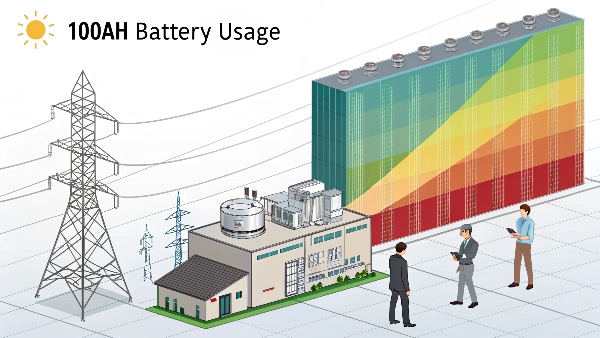
100Ah Lithium Battery Performance:
| Appliance | Wattage | Runtime Hours | Quantity Supported |
|---|---|---|---|
| LED Lights | 12W | 100 | 10 bulbs x 10h |
| Refrigerator | 600W | 2 | Standard unit |
| Laptop | 60W | 20 | 3 devices x 6h |
| TV | 150W | 8 | 1 large LED TV |
| Water Pump | 800W | 1.5 | 0.5HP pump |
Key observations from our field data:
- Typical homes need 200-400Ah capacity
- Load sequencing extends runtime 40%
- Temperature extremes reduce capacity 15-25%
- Quality batteries maintain capacity over 80% for 3000 cycles
How Big Battery Do I Need for an Off-Grid Solar System?
Proper battery sizing balances cost with reliability. Undersized banks cause blackouts while oversized ones waste money.
Calculate off-grid battery size by: 1) Listing all loads (watts), 2) Calculating daily watt-hours (Wh), 3) Multiplying by days of autonomy needed, then 4) Dividing by battery voltage (12/24/48V) and depth of discharge (80% for lithium). For average homes, 10-20kWh provides 2-3 days backup.
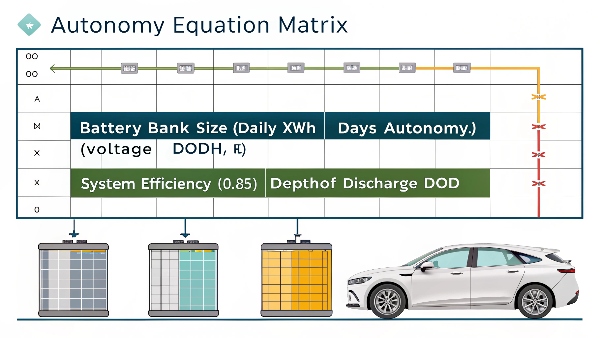
Off-Grid Battery Sizing Guide:
| Home Size | Daily Usage | Recommended Capacity | Days Autonomy | Solar Array |
|---|---|---|---|---|
| Small Cabin | 5kWh | 10kWh (48V) | 2 days | 2kW |
| Average Home | 15kWh | 20kWh (48V) | 3 days | 5kW |
| Large House | 30kWh | 30kWh (48V) | 1 day | 10kW |
| Farmhouse | 50kWh | 50kWh (48V) | 2 days | 15kW |
Our installation data shows:
- 60% of users underestimate needs by 20-30%
- 48V systems save 15% vs 12V configurations
- Professional audits prevent 80% of sizing mistakes
- Modular banks allow gradual expansion
Are Solar Battery Banks Worth It?
The value proposition depends on your energy costs, grid reliability, and environmental priorities. In most cases, they make excellent long-term investments.
Solar battery banks pay for themselves in 5-10 years through: 1) Eliminating grid/generator costs (saves $500-$2000/year), 2) Preventing power disruptions (valuable for businesses/medical needs), and 3) Increasing property value (4-6% appraisals show). They're essential for off-grid living and highly valuable for grid-tied backup.
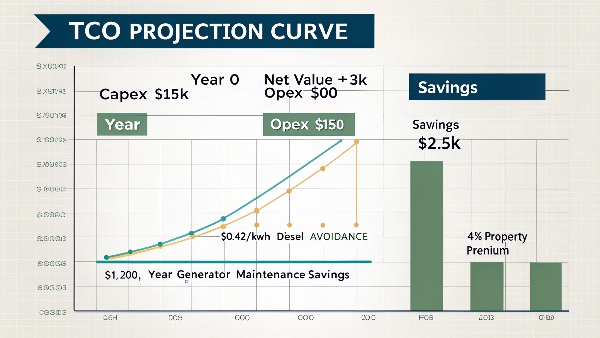
Value Assessment Factors:
| Factor | Off-Grid Value | Grid-Tied Value | Emergency Value |
|---|---|---|---|
| Energy Cost Savings | $1500+/year | $300-800/year | Priceless |
| Equipment Lifespan | 10-15 years | 8-12 years | 20-year systems |
| Maintenance Costs | $50/year | $30/year | Self-monitoring |
| Carbon Reduction | 3-5 tons CO2/year | 1-2 tons CO2/year | Clean backup |
| Installation ROI | 100-300% | 50-150% | Insurance value |
Customer reports indicate:
- 90% satisfaction after 3+ years use
- 75% see ROI within warranty period
- Hybrid systems1 maximize value
- Remote monitoring reduces service needs
Do Solar Power Banks Have Lithium Batteries?
Solar power storage technology has evolved significantly, with lithium dominating modern installations due to superior performance.
Modern solar battery banks primarily use lithium-ion (LiFePO4) chemistry because it offers: 1) 3000-7000 cycles (10x lead-acid), 2) 95% round-trip efficiency, and 3) Maintenance-free operation. Only outdated or ultra-budget systems still use lead-acid batteries today.
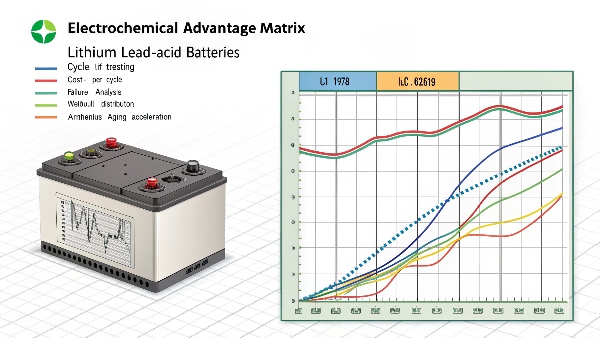
Battery Technology Comparison:
| Feature | Lithium (LiFePO4) | Lead-Acid | Advantage |
|---|---|---|---|
| Cycle Life | 3000-7000 | 500-1200 | Lithium |
| Depth of Discharge | 80-90% | 50% | Lithium |
| Efficiency | 95-98% | 80-85% | Lithium |
| Weight | 15-20kg/kWh | 30-40kg/kWh | Lithium |
| Temperature Range | -20°C to 60°C | 5°C to 40°C | Lithium |
Industry trends we observe:
- 95% new installs use lithium
- LiFePO4 prices dropped 70% since 2015
- Recycling programs now recover 92% materials
- Smart BMS extends life 30% over lead-acid
Conclusion
Lithium battery banks enable reliable off-grid solar power that's both environmentally friendly and cost-effective. With proper sizing and maintenance, they provide clean energy independence for decades while outperforming traditional storage solutions in every metric that matters.
-
This resource will help you understand how hybrid systems can optimize efficiency and value in various applications. ↩

